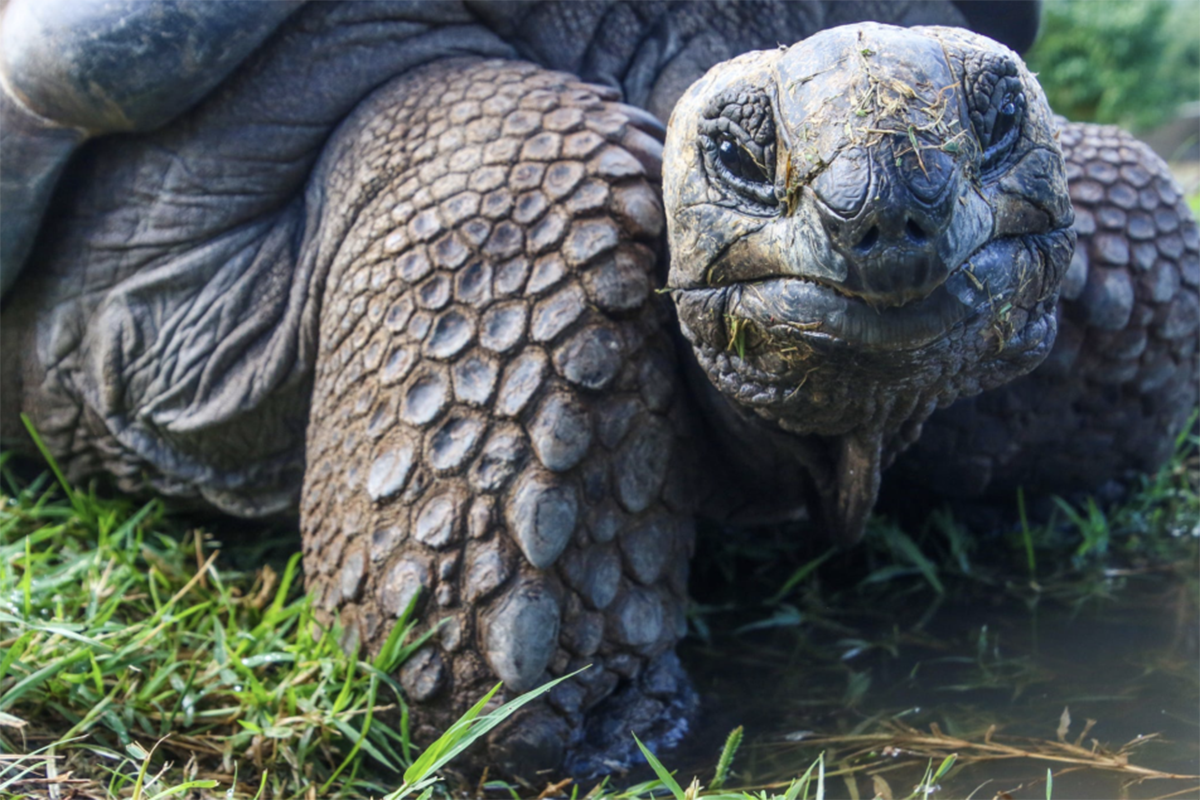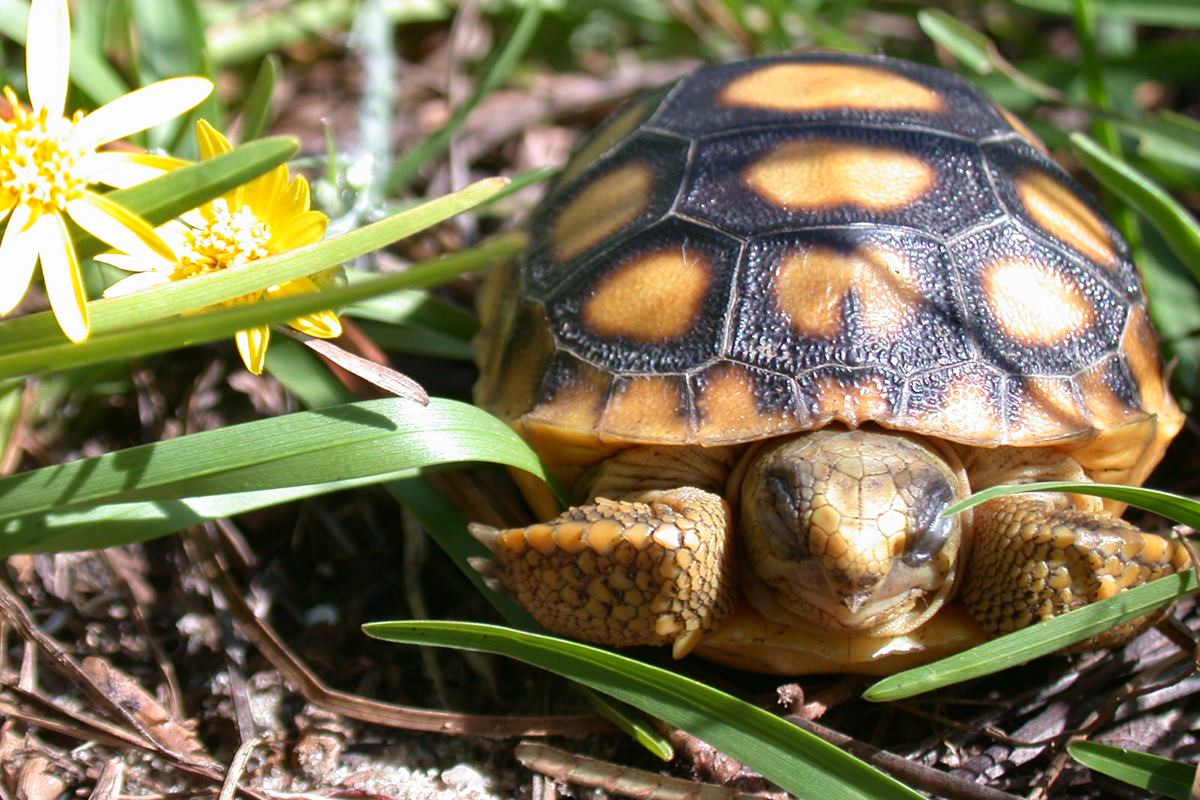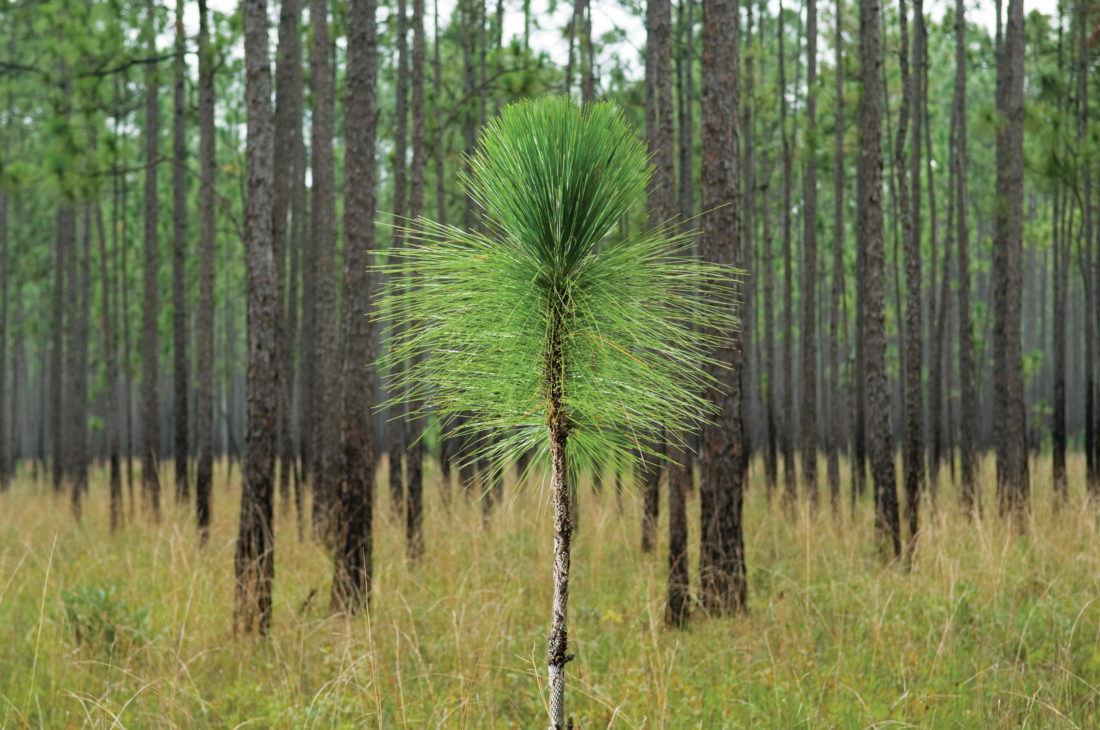Planting trees through our 50 Million for Our Forests campaign has many documented benefits, such as improving forest health, air quality, and watershed stability. Tree planting projects also restore wildlife habitat, including restoring habitat for endangered or threatened species.
Longleaf pine forests once covered 90 million acres spanning from present day Virginia, down to Florida, and stretching into Texas. After decades of fire suppression and intense logging, only about 6% of the highly fragmented forest remains. Since 2010, over three million longleaf pine trees have been planted by the National Forest Foundation to help restore the forest to its former range.
Longleaf pine trees are very tall, usually reaching heights of 98 to 115 feet. The name comes from their needles, which are the longest of the eastern pine species. These needles grow in bunches of three and are 8 to 15 inches long on mature trees.

Photo from The Orlando Law Group
Longleaf pine forests are home to hundreds of unique plant and animal species. Approximately 900 plant species are only found in longleaf pine forest ecosystems, and there are over 20 other threatened or endangered species, including the gopher tortoise. The gopher tortoise is federally considered threatened in it’s western range, and all states throughout the species range offer protections. The gopher tortoise is considered a keystone species, as burrows dug by the tortoise are relied upon by over 350 other species, such as mice, snakes, frogs, and small mammals.

Photo by Renee Rau
Gopher tortoises are 9 to 11 inches long when fully grown, and usually live 40 to 60 years and spend around 80% of their lifetime in their burrows. Burrows are typically 15 feet long, and 6.5 feet deep, and gopher tortoises often use multiple burrows over the course of their lives. Burrows maintain a steady temperature and humidity throughout the year, offering protection from the elements and threats like hurricanes and fire. Longleaf pine forests are ideal habitats for gopher tortoises, with their sandy soils, open and grassy forest floors, and lots of sunlight. Longleaf pine forest ecosystems also support the plants that compose the gopher tortoises’ diet.

Photo by Andrew Kornylak
Working with the US Forest Service, The Longleaf Alliance, and donors such as Endangered Species Chocolate, the National Forest Foundation plants longleaf pine trees, helping to restore the longleaf pine range, improve ecosystem and habitat connectivity, and help reestablish habitat for many species, including the gopher tortoise.
This blog post is sponsored by Endangered Species Chocolate, a National Forest Foundation partner since 2019.

